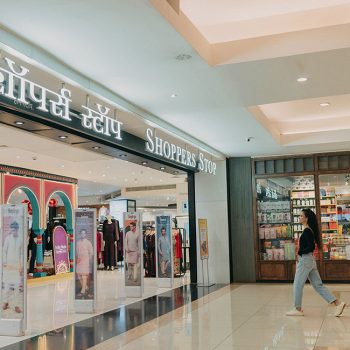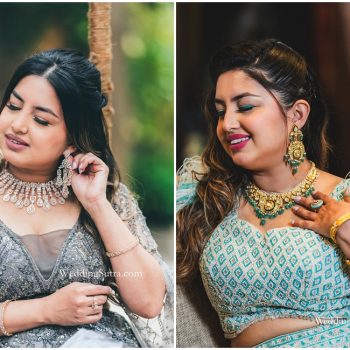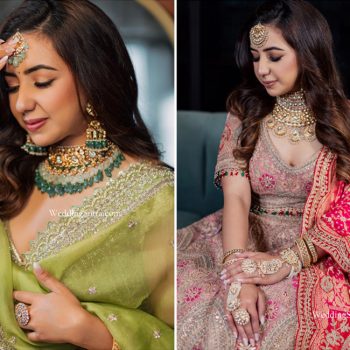This entry was posted
on Tuesday, August 10th, 2010 at 12:17:42 am and is filed under Bridal Fashion and Beauty.
You can follow any responses to this entry through the RSS 2.0 feed.
Both comments and pings are currently closed.
Garas: Prized Possessions
Bridal Fashion and Beauty - Aug 10, 2010
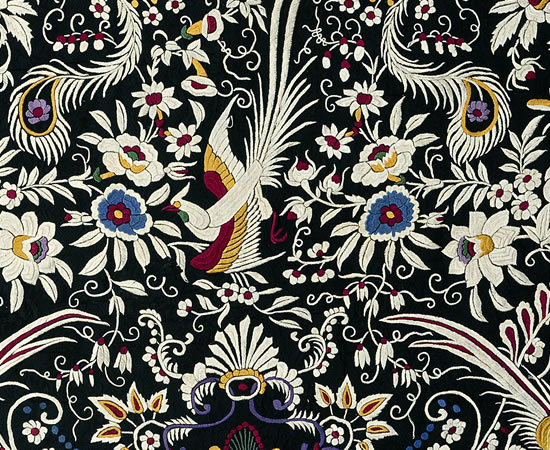
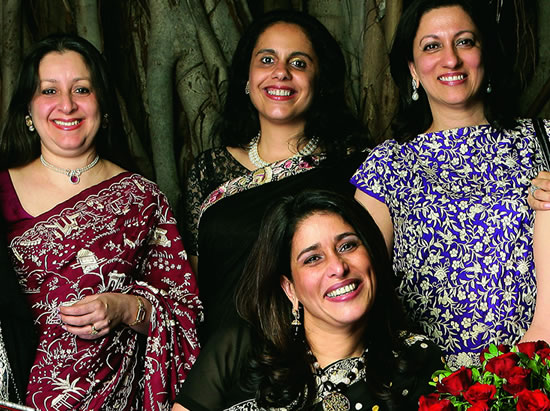
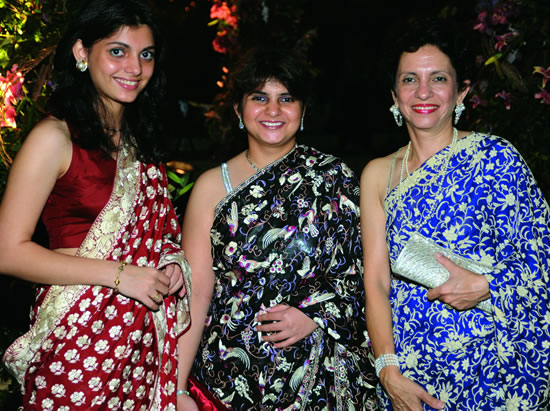
Old and new garas enjoy equal popularity at social occasions.
Photographs Courtesy: Khurshed Poonawalla
The book, “Peonies & Pagodas: Embroidered Parsi Textiles” details the history of Gara embroidered creations and talks about new trends in Gara embroideries. Garments with Gara embroidery once produced by Chinese weavers and embroiderers, became a distinctive mark of the community’s identity in India. The book traces how Parsi women came to adopt Chinese-style Gara embroideries as an image statement, reflecting their prosperity from trade with the East. Prior to that, Parsis settled on the West Coast typically wore clothing with embroidery on saris and jhablas in the Gujarati style. Interestingly, their appeal for the Chinese embroideries was an outcome of their desire to follow British trends: ‘chinoiserie’ and ‘orientalist’ wave had swept London fashions. In trickled the exotic Garas brought by male family members stationed in China. Gradually, the gara became a signifier of social status and good taste.
In the chapter “The Gara Today: An Heirloom Reinvented”, the authors state: “Today Gara embroidered creations are treasured as heirlooms worn on special occasions like Weddings and preserved to be passed on to the next generation. Some entrepreneurs and designers produce lots of sarees with traditional Gara embroidery or are fashioning a modern look for it—in Mumbai Farzeen Daver Boomla, Rayomand Manekshaw, Perveez Aggarwal, in Delhi Bina Modi and in Kolkata Prastuti Creations. Some are incorporating innovations like the application of Swarovski crystals, sequins and spangles, seed pearls and beads on Chinese-inspired designs. The use of zari thread lends an additional element of richness, thus broadening the Garas’ overall appeal. Some even provide economical versions that are machine-embroidered on both silk and synthetics”.
Though few prominent Indian designers use Garas, the ones who use it have adapted and spiffed up the original style to meet the changing tastes of fashionable, modern women just like it did in the past. Co-edited by Shilpa Shah and Tulsi Vatsal the book will be appreciated by textile enthusiasts, embroidery aficionados and design students. It is priced at Rs 2995 and available at leading book stores.

